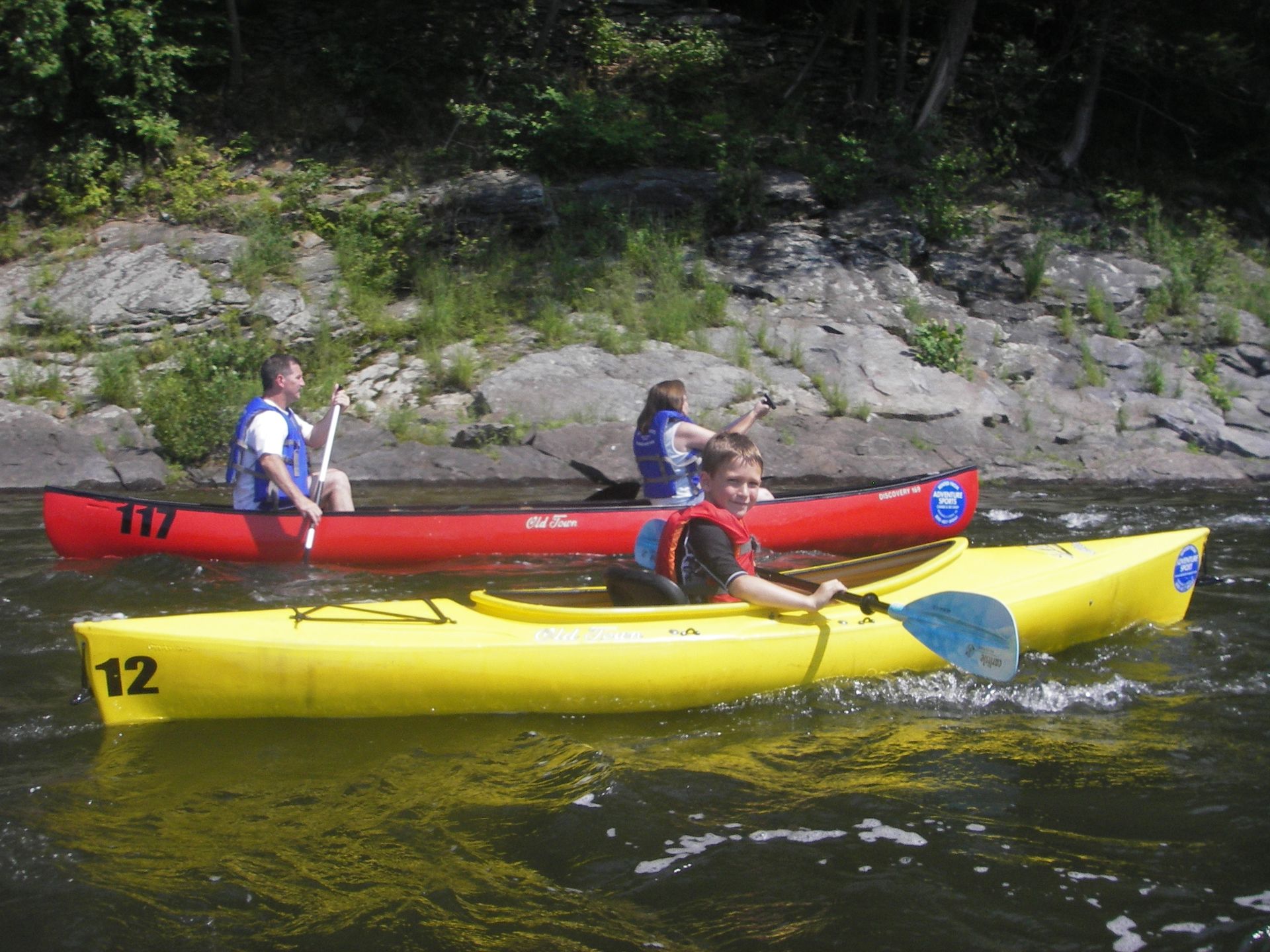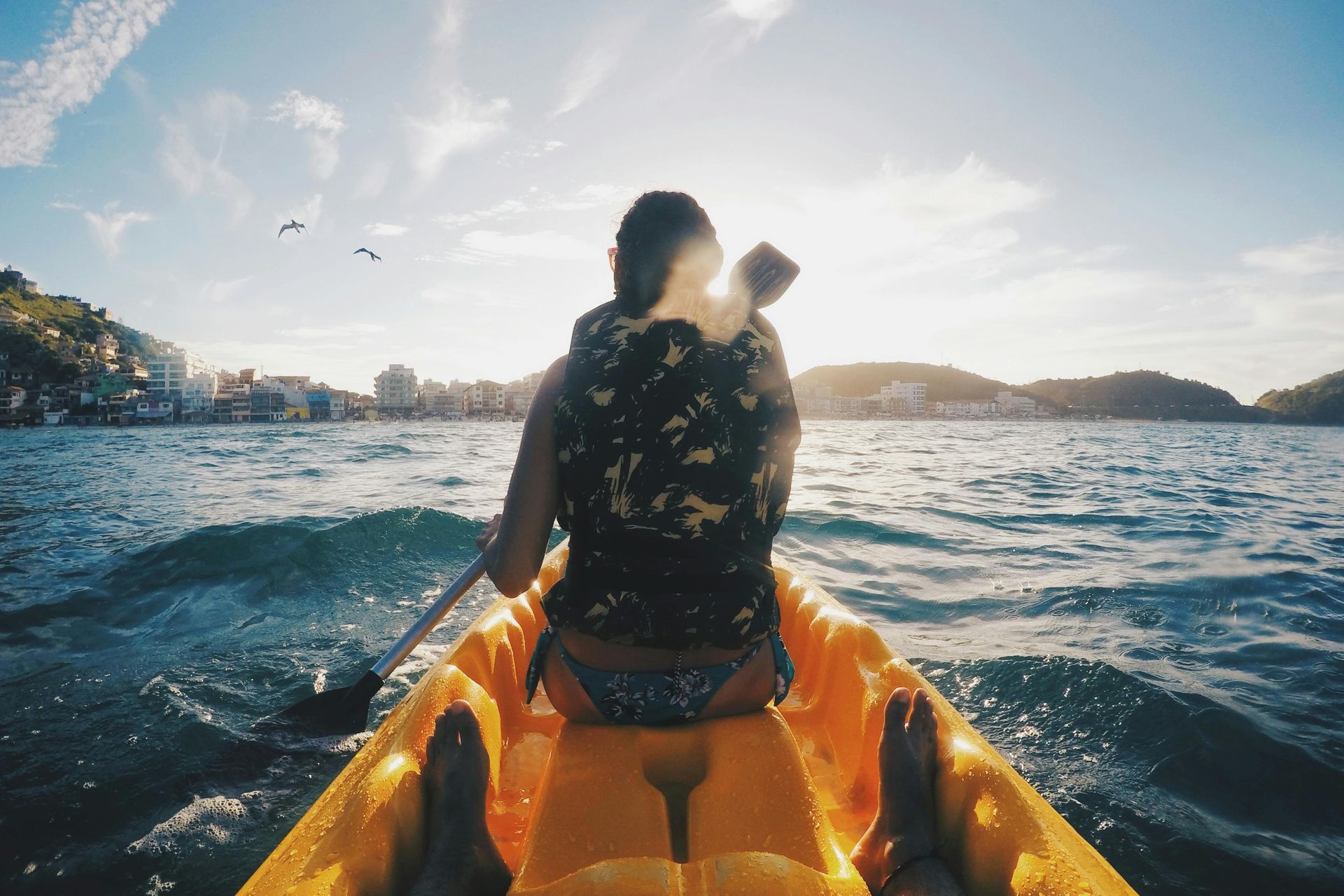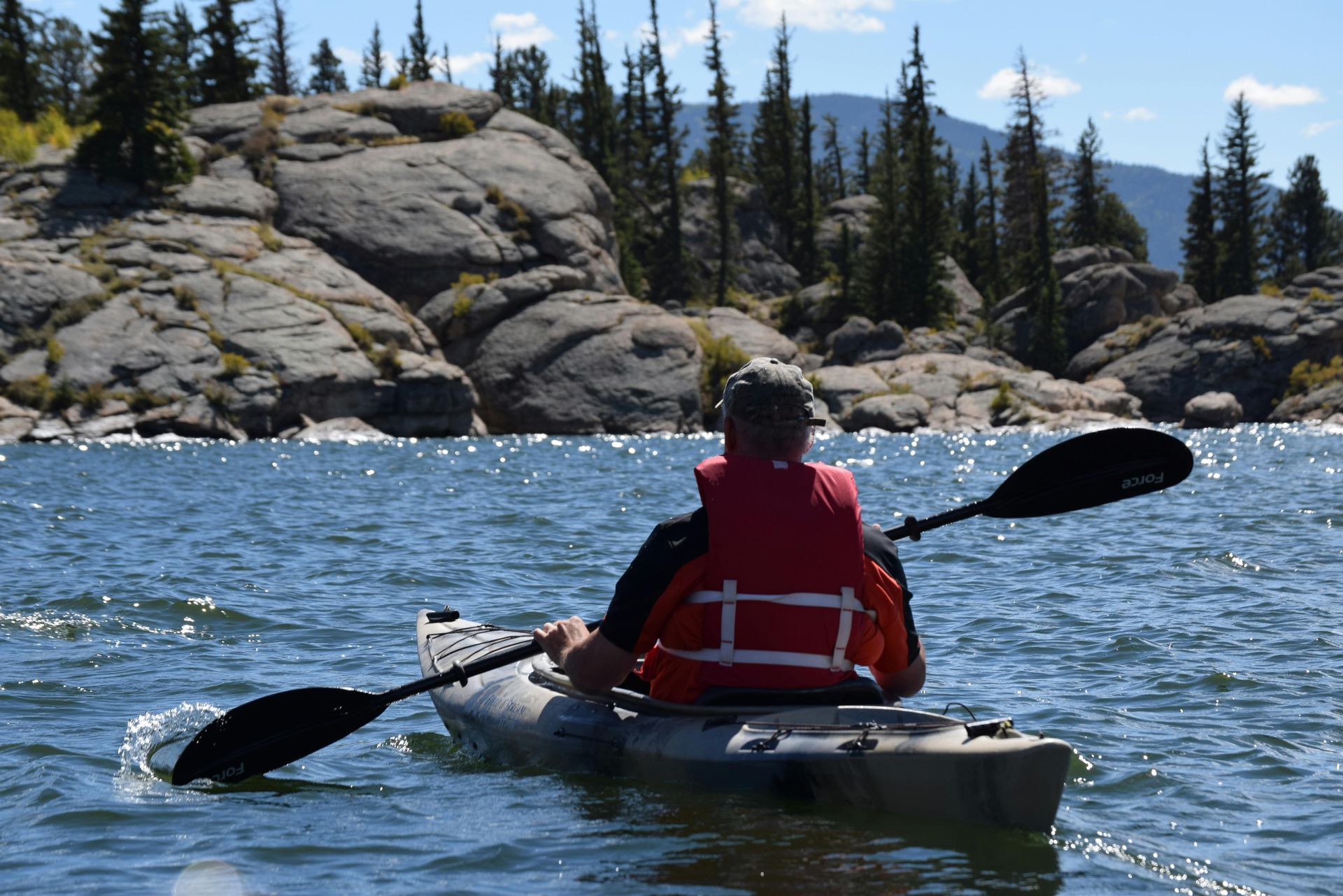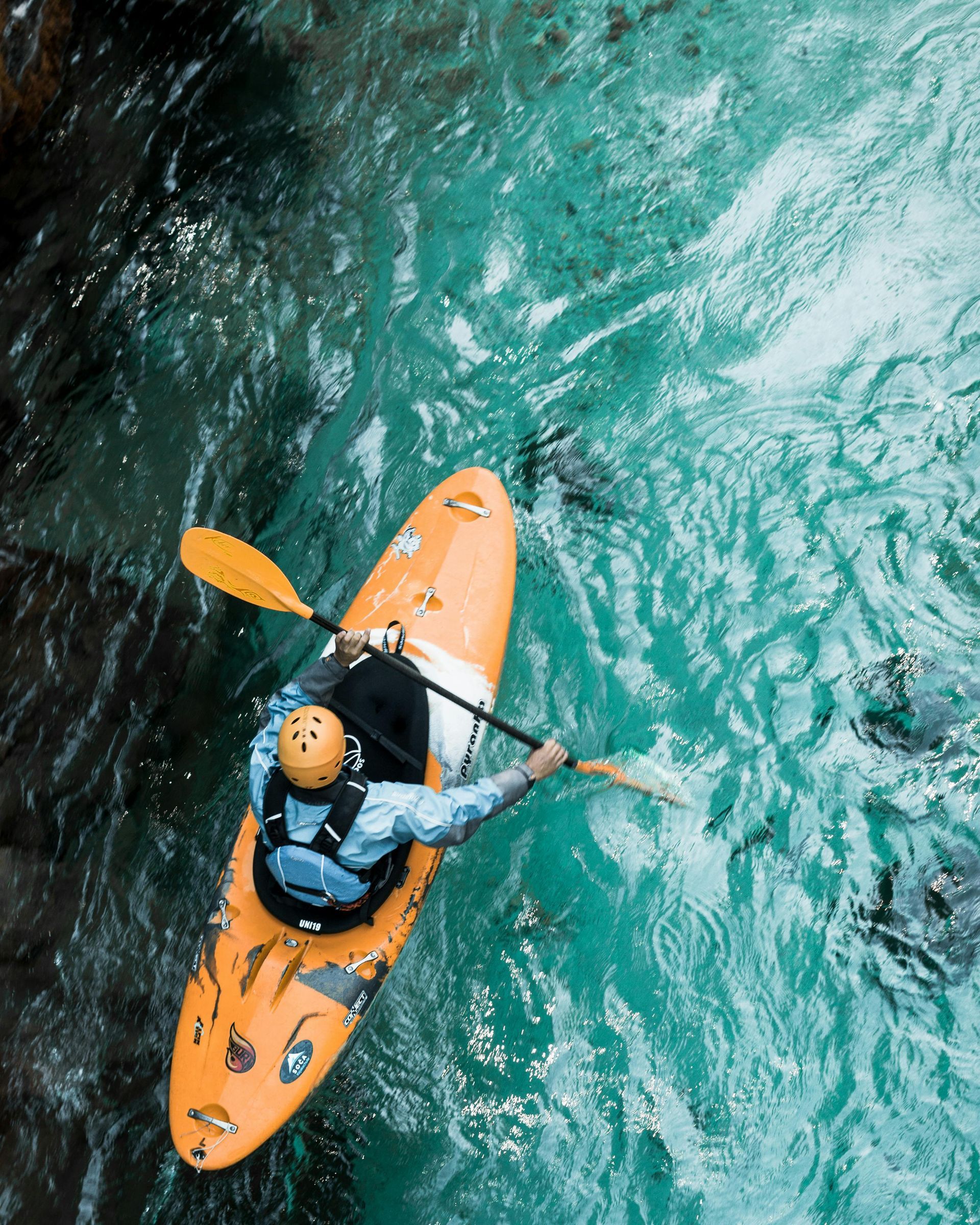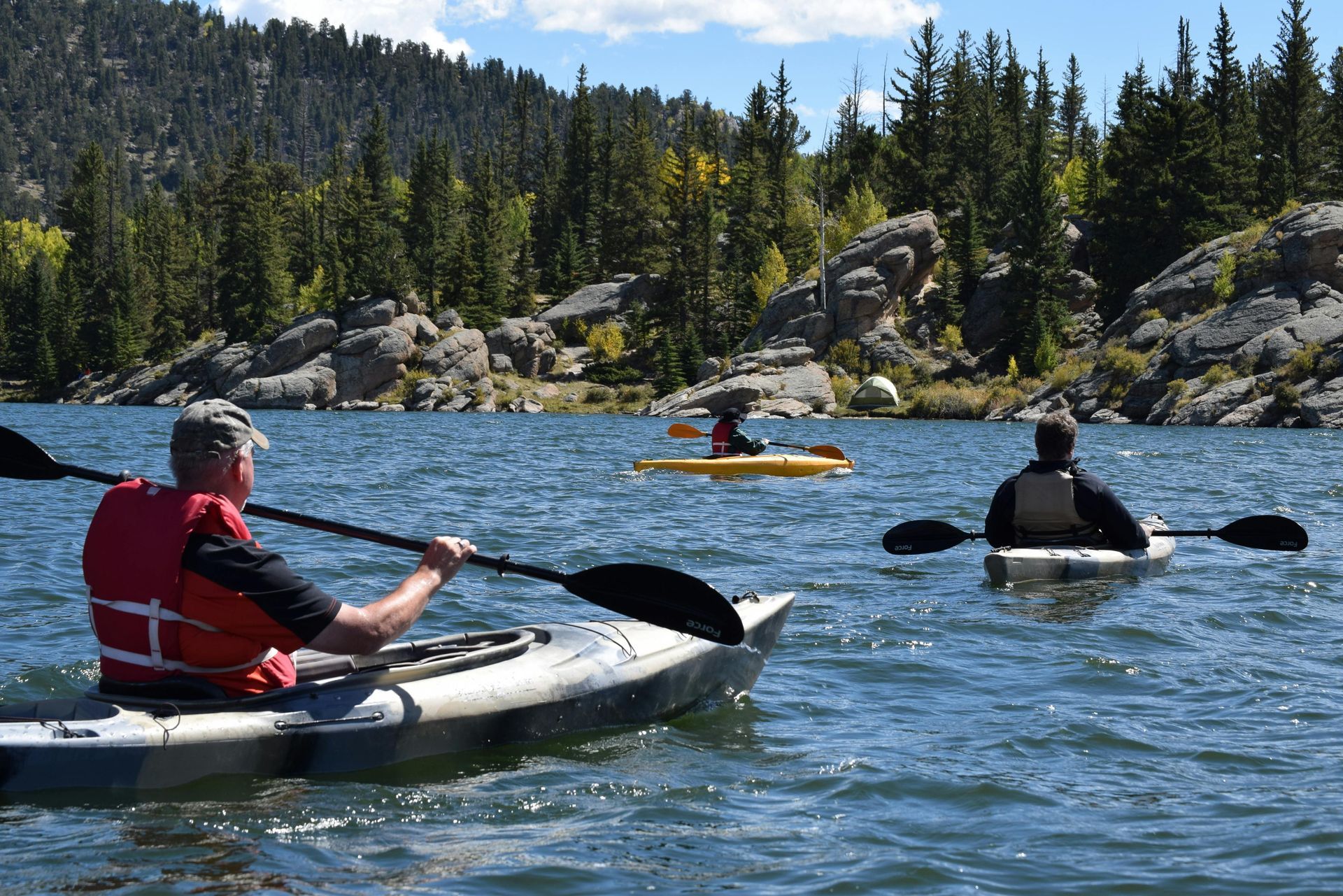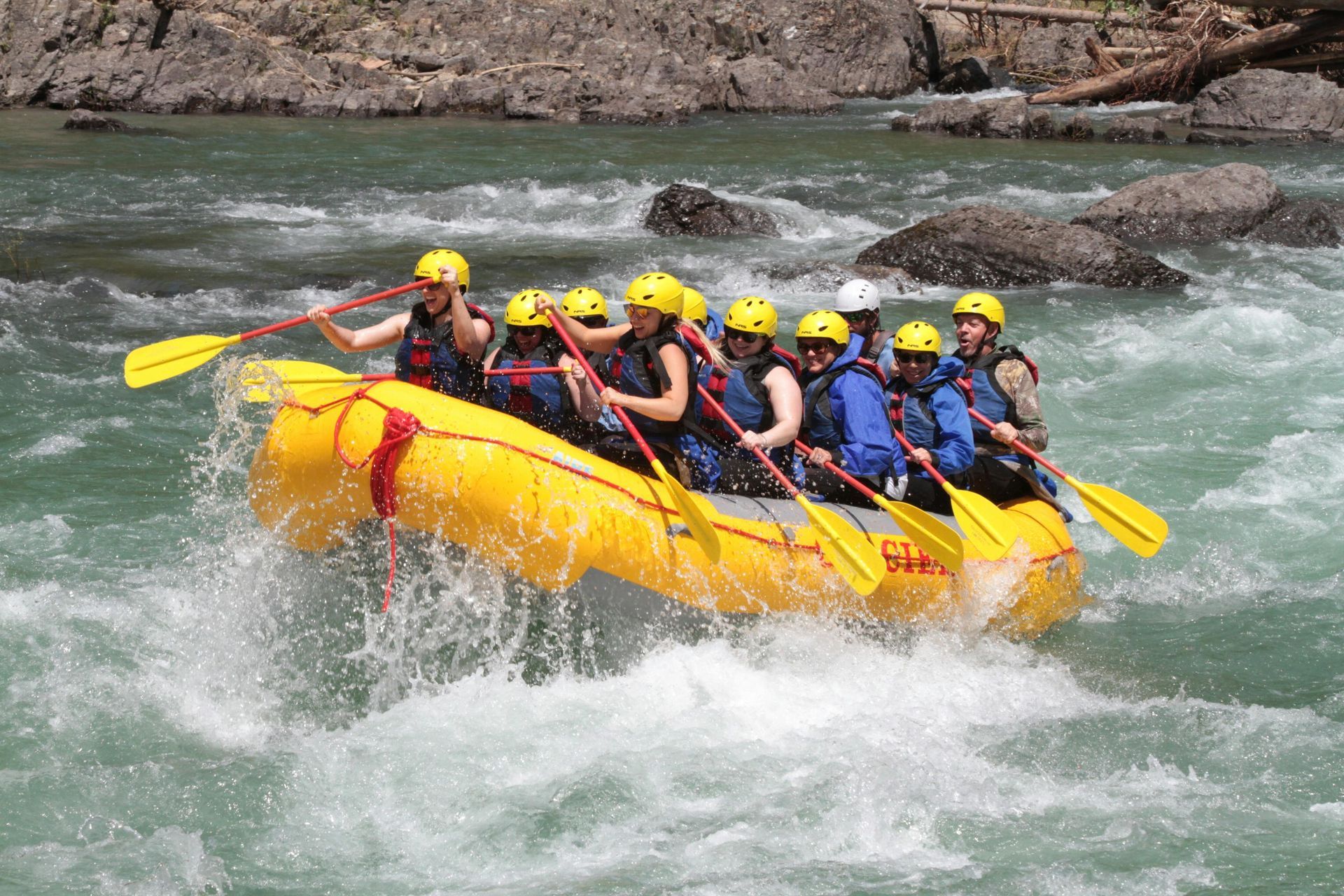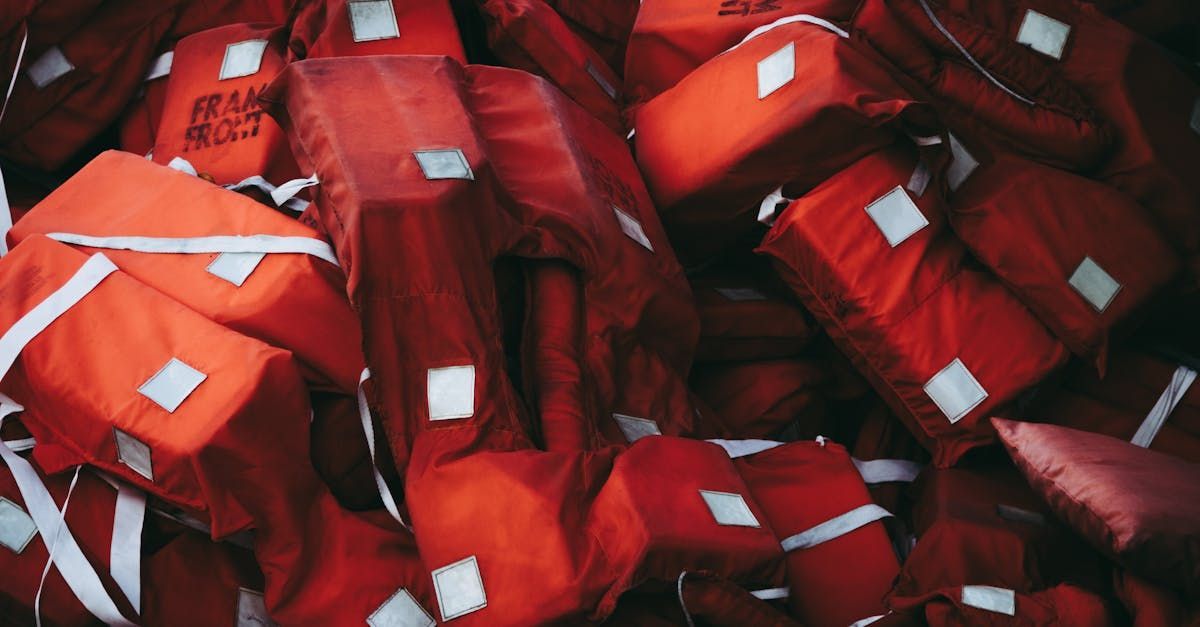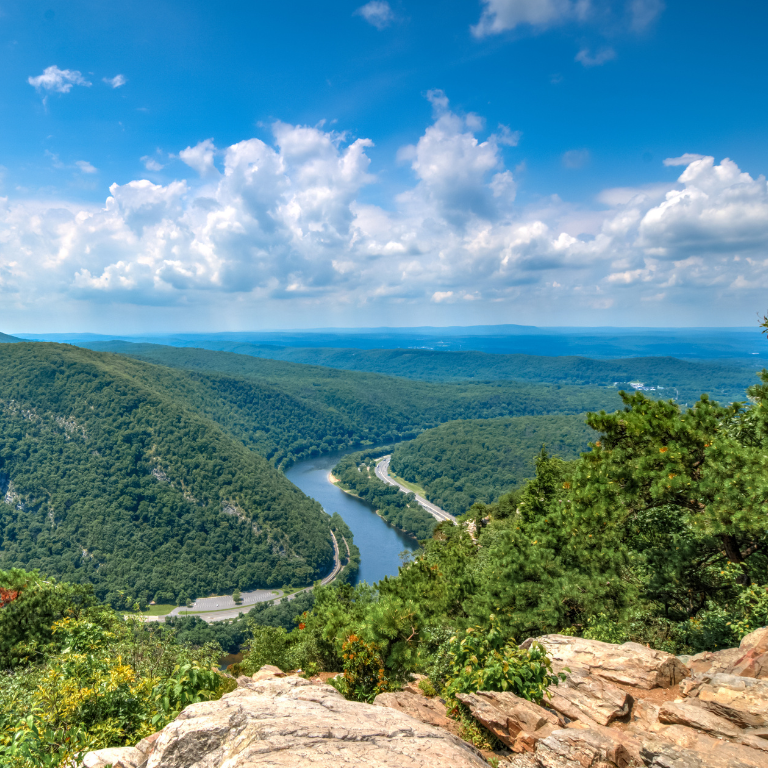What is Rafting? A Comprehensive Guide
Whitewater rafting is an exhilarating outdoor adventure that combines the thrill of navigating rapids with the beauty of nature. Whether you are a seasoned rafter or a complete beginner, this guide will walk you through everything you need to know to embark on your first rafting adventure.
In this article, we will cover essential topics such as rafting safety tips,
necessary rafting gear, types of rafting, and how to prepare for your trip. Let's dive into the world of whitewater rafting!
What is Whitewater Rafting?
Whitewater rafting involves navigating a river in an inflatable raft. The goal is to maneuver through rapids and obstacles while experiencing the excitement of the river's natural flow. It's a perfect activity for those seeking a mix of adventure and scenic beauty.
Why Try Whitewater Rafting?
Whitewater rafting offers numerous benefits beyond the adrenaline rush. Here are some compelling reasons to give it a try:
- Outdoor Adventure: Rafting takes you into the heart of nature, away from the hustle and bustle of daily life.
- Family Rafting Trips: It's an excellent activity for families, providing an opportunity to bond and create lasting memories.
- Physical Exercise: Paddling and navigating the raft provide a full-body workout.
- Group Rafting Trips: Perfect for team-building and socializing with friends.
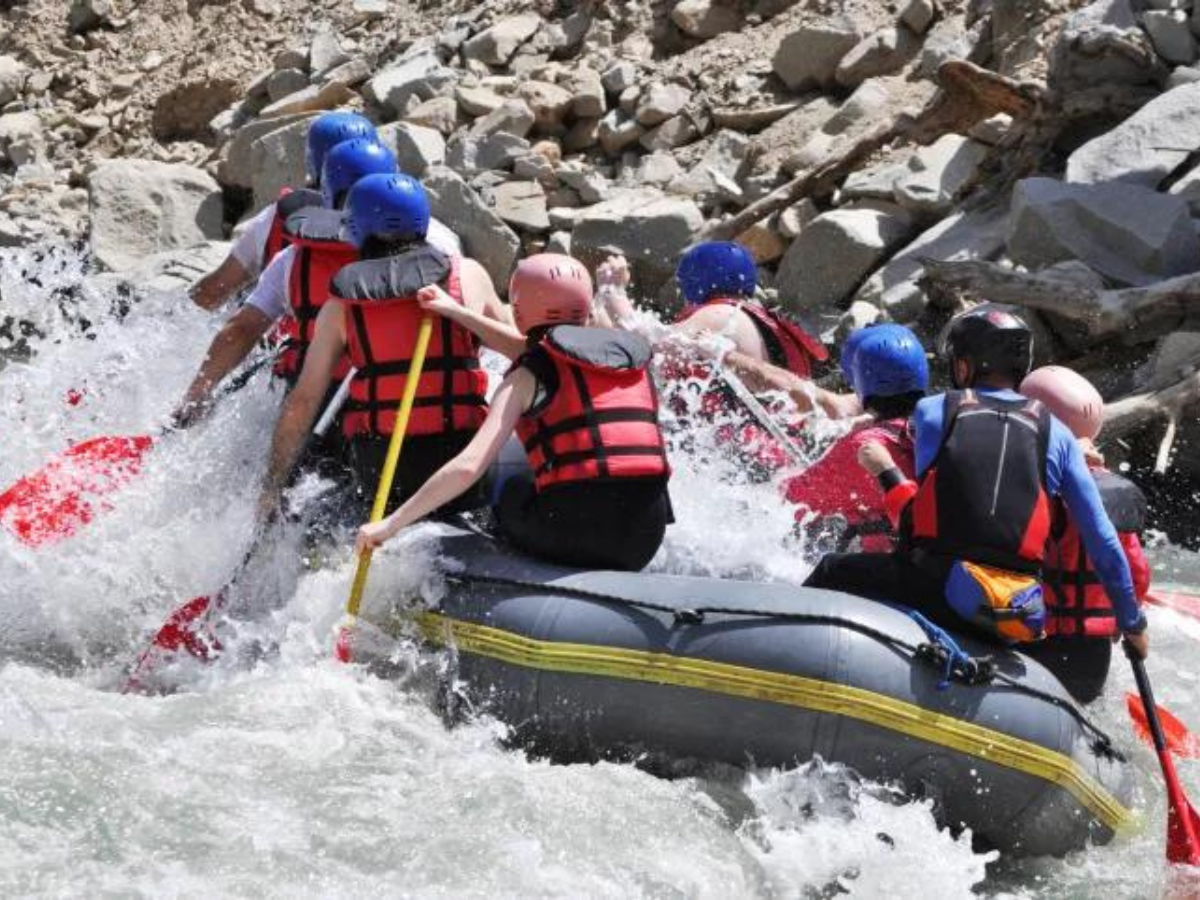
Photo By: Health Fitness Revolution
Types of Rafting
There are different types of rafting experiences to suit various skill levels and preferences:
Beginner Rafting Guide
If you're new to rafting, start with a beginner-friendly river. These rivers have gentler rapids, making them ideal for first-timers and families. Look for Class I and II rapids, which offer mild waves and a few small obstacles.
White Water Rafting
For more experienced rafters, white water rafting on Class III and IV rapids provides a thrilling challenge. These rapids feature moderate to intense waves, requiring more skill and teamwork to navigate successfully.
River Rafting
River rafting encompasses a broad range of experiences, from calm scenic floats to adrenaline-pumping rapids. Choose a river that matches your skill level and desired adventure.
Essential Rafting Gear
Before you hit the water, make sure you have the necessary rafting gear:
Rafting Equipment
- Inflatable Raft: The primary piece of equipment. Ensure it's in good condition and suitable for the river's class.
- Paddle: Each rafter will need a paddle to help navigate the raft.
- Personal Flotation Device (PFD): A life jacket is crucial for safety. Ensure it fits properly and is Coast Guard-approved.
- Helmet: Protects your head from potential impacts with rocks or other obstacles.
- Wet Suit or Dry Suit: Depending on the water temperature, wear appropriate clothing to stay warm and dry.
- Footwear: Wear water shoes or sandals with a secure fit to protect your feet.
Additional Gear
- Throw Bag: A rope bag for rescue situations.
- Dry Bag: Keeps personal items like keys, phone, and snacks dry.
- Sun Protection: Sunscreen, sunglasses, and a hat are essential for sunny days.
- First Aid Kit: Always have a basic first aid kit on hand.
Preparing for Rafting
Preparation is key to a successful rafting trip. Follow these steps to ensure you're ready for the adventure:
Rafting Safety Tips
Safety should be your top priority. Here are some essential rafting safety tips:
- Listen to Your Guide: Pay close attention to your guide's instructions and follow them carefully.
- Wear Your PFD and Helmet: Never compromise on safety gear.
- Stay Hydrated: Drink plenty of water before and during your trip.
- Know Your Limits: Choose a river that matches your skill level.
- Learn Basic Rafting Techniques: Understand how to paddle, steer, and respond to commands.
Rafting Techniques
Mastering basic rafting techniques will enhance your experience:
- Forward Paddle: Use a synchronized forward paddle stroke to propel the raft.
- Back Paddle: Paddle backward to slow down or stop the raft.
- High-Side: In case of hitting a rock, move to the high side of the raft to prevent flipping.
- T-Grip: Hold the paddle's T-grip with one hand to maintain control.
Booking a Rafting Tour
If you're new to rafting, consider booking a guided rafting tour. Professional guides have the expertise to ensure a safe and enjoyable experience. They provide the necessary equipment, safety briefings, and instructions.
Planning a Family Rafting Trip
Rafting can be a fantastic family adventure. Here are some tips for planning a family rafting trip:
- Choose a Family-Friendly River: Opt for a river with gentle rapids suitable for children.
- Check Age Requirements: Ensure the rafting company allows kids of your children's age.
- Pack Snacks and Water: Keep everyone energized and hydrated.
- Capture Memories: Bring a waterproof camera to capture the excitement.
Adventure Sports' Rafting Excursions
Adventure Sports offers thrilling rafting excursions on the scenic Delaware River. Immerse yourself in the beauty of nature as you navigate the gentle currents and exhilarating rapids of this picturesque waterway. Our expert guides ensure your safety and enjoyment as you embark on this unforgettable adventure. Feel the rush of adrenaline, experience the sense of camaraderie, and create lasting memories on the water!
Conclusion
At Adventure Sports, we believe that rafting is not just an activity; it's a thrilling journey waiting to be explored. Our beginner rafting guide provides you with the essential knowledge and tips to embark on your own rafting adventure.
Prioritizing safety, choosing the right gear, and selecting the perfect river are crucial steps to ensure a memorable experience. Whether you're planning a family outing or seeking an adrenaline rush with friends, rafting offers unforgettable moments in nature.
Gear up, join us at Adventure Sports, and get ready for an exhilarating rafting experience that will leave you with lasting memories. The river is calling, so why wait?
Contact us
now for your next thrilling adventure!
